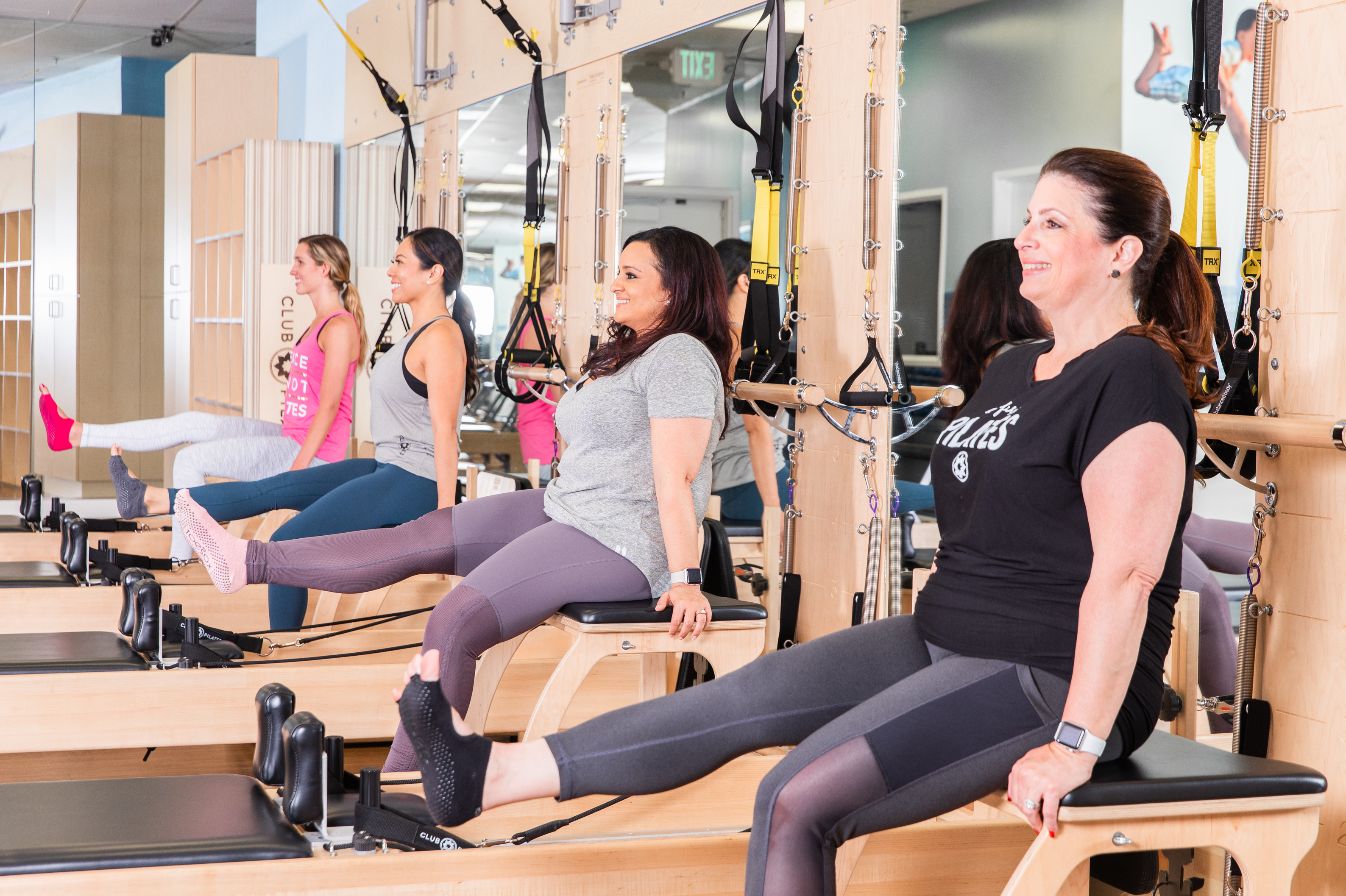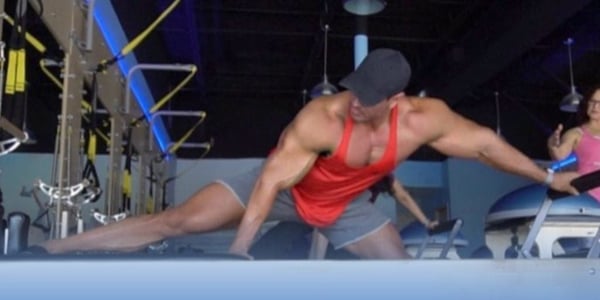One of the most vital elements to life is breath. We know that we need to do it, but do we know how to properly do it within our Pilates practice? There are countless benefits to the breath, and that's why it is a core Pilates principle.
If we are living, we are breathing. It is the most vital aspect to our existence.
Unfortunately, we tend to hold our breath during stressful situations, when carrying heavy loads, or even during our exercises. When we hold our breath or even maintain a shallow breath, we can actually be putting the work into opposing muscles and creating pain and imbalances. Breathing deeply in through the nose and exhaling out through the mouth brings oxygen into our body, enables us to keep proper alignment, and even assists in our efforts throughout the class and our day. Don’t be afraid to breathe. Think of shallow or short breaths as limiting your range of motion. Instead, let’s move you to your full capacity.
A major benefit of breath is relaxation.
When you see a duck on a pond, the water looks calm. Underneath it is paddling like crazy! If we don’t allow the breath to be part of the exercise, motions will start to be drawn into opposing muscles. This makes our efforts more difficult than they should be and can cause imbalances and poor posture. Properly utilizing the breath trains our body to de-stress, to get into deeper joint and spinal muscles, and enables us to pick up heavy loads and handle everyday physical and mental stress.
There are many forms of breath and varying schools of thought.
The Pilates breath is commonly described as a deep inhale through the nose, with an exhale out through the mouth. This promotes correct spinal alignment, abdominal engagement, and proper form. Exactly how this is done has varied as more studies have been conducted. There are several breathing theories and practices that may be used in conjunction with Pilates in order to achieve engagement and stabilization throughout the body. These may differ for various movements as well as individuals. Overall, when a person exhales, the rib cage closes and the spine slightly flexes. This means we use the exhale on flexion and on exertion. Simultaneous engagement of the pelvic floor, the abdominals, and the back musculature is encouraged with each breath. The exhale can also be relaxing when melting into a stretch. The inhale is often coupled with extension and length. In order to protect the intervertebral discs and draw length into the spine, the inhale is also used when rotating.
The most important concept is to simply breathe!
Why not challenge yourself to try different variations and see how it feels for you and your body that day?! At Club Pilates, we invite you to respect your body, while being open to different variations as long as good form is maintained. The breath is the catalyst for all of this. Why should we “carry the weight of the world on our shoulders?” Let’s deep inhale together, hold it…and exhale all of the stale air and bad energy to start the day clear and strong.
| Try a FREE Intro Class! |



